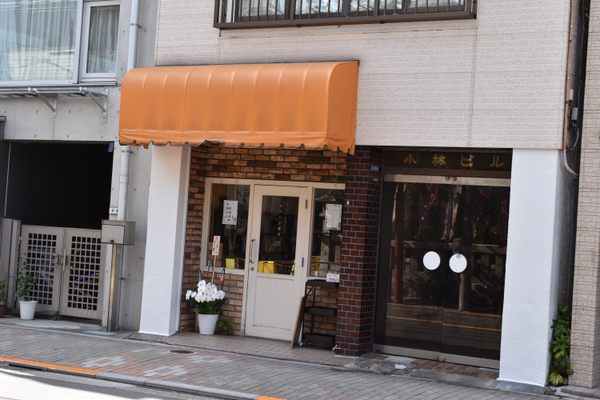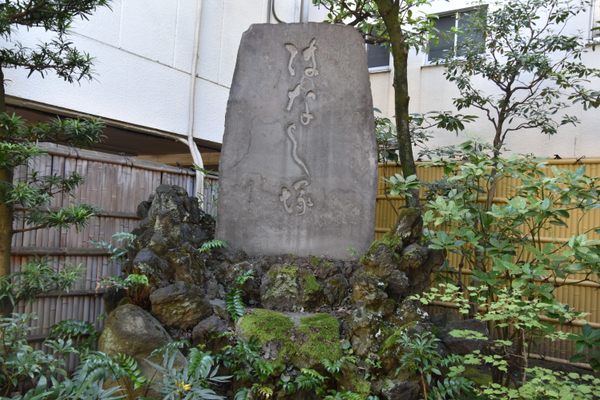Kozukappara Execution Grounds
This infamous execution site inspired the beginning of Japan's modernization in the late 18th-century.
The Kozukappara Execution Grounds were established in 1651 in the city of Edo, known today as Tokyo, during the days of the samurai. The site was named as one of the Three Major Execution Grounds of Edo, along with Suzugamori and Ōwada.
Reportedly, around 200,000 people were put to death here until it was closed in 1873 in order to match the human rights standards of the west. Generally, prisoners were crucified, burned at the stake, or beheaded with their heads then placed on spikes for three days.
After executions, bodies were often left unburied to rot. The site was regularly compared to hell, as the odor was unbearable during the summer and it was practically a free buffet for street dogs and weasels. The corpses of the executed were used for scientific dissections and the tameshigiri, or test-cutting of newly-forged swords.
In 1771, a group of rangaku (“Dutch studies”) scholars visited Kozukappara to dissect freshly-executed bodies to compare them to Ontleedkundige Tafelen, a Dutch book of anatomy they had recently acquired. Amazed by its accuracy, one of the scholars, Sugita Genpaku, spent the next three years translating it to Japanese. Published as Kaitai Shinsho (New Book on Anatomy), it became the first major book translated from a European language to Japanese.
The publication of Kaitai Shinsho marked a notable change in Japan’s history, as it not only educated people in medical science, but also sparked a new trend of studying Dutch. During this period, anything European was prohibited in Japan except Dutch, but the nation gradually became more accepting of foreign cultures. Eventually, Japan opened its ports to North America and Europe, resulting in its modernization.
Today, there is a memorial plaque dedicated in 1922 to the Viewing of Internal Organs at Ekō-in Temple, where the site of the execution grounds is preserved. Once a large temple, Ekō-in was split into two small temples when the Jōban Line railway was set to be constructed over it. Most of the site is located at the back of Ekō-in Temple, while the “Beheading Buddha” statue, erected in 1741, can now be found at the nearby Enmei-ji Temple.
Know Before You Go
Located right across the street from Minami-senju Station. Ekō-in and Enmei-ji Temples stand next to each other, and the execution site can be found at the former. They are open from 9 a.m. to 4:30 p.m. When visiting, remember to be respectful as the temples contain Buddhist cemeteries unrelated to the execution grounds.






















Follow us on Twitter to get the latest on the world's hidden wonders.
Like us on Facebook to get the latest on the world's hidden wonders.
Follow us on Twitter Like us on Facebook